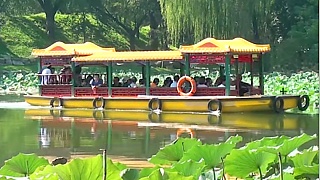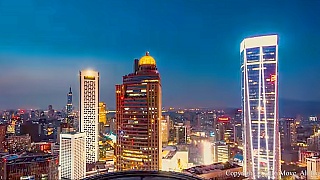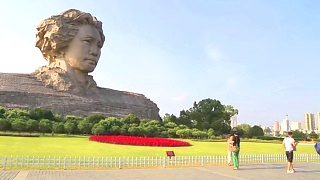
|
With Brian Berletic, Ben Norton, Aaron Mate, DDN, George Galloway ...
* A comment from the dEVIL : "In the West, I have freedom - to do whatever I feel like.
Wherever big money and privilege rule, I can trample and destroy whoever I like; and fool you however I wish ! So easy : )
Resist me, and you are my projection (the 'evil one' - lol; you're just trash). I am me, the greatest and noblest, and you are my slave, er, 'equal' (trust me); but I am your master, well, I am superior; I am the Ministry of Truth. I control everything you know. Just believe. Don't mess with reality when I can protect you with my fantasies." *
** Reply to dEVIL : You are nothing but a fake memory. On awakening, you are gone. The dEVIL has no clothes.
~~~ Save this link - before it disappears, in the name of free speech ; ) ~~~
: It is not about 'me'; it is about 'we'. That is oneness; i.e. love.
: Only fear keeps us separate.
: Love is the absence of fear.
MEANWHILE (back in the civilized world) :
The ShangHai metro ...
SanLiTun night walk, BeiJing ...
The 'China threat' - the 'threat' of a good example - a better path, better life.
: In China, the people are family; and the people of the world are all family.
: In the West, the 'people', are merely livestock to an elite.
Final thought : in this series of posts we have looked at many places around the globe, yet hopefully it is clear by now that it all is part of a master plan to subjugate China. And all of Asia / the 'South'.
And you, wherever you are.
A tiny, tiny minority subjugating the people of Earth, suffocating their development and well-being; their joy and happiness and dreams.
Wish this to be the last in the series. Let's see.
UPDATE : Yes, part 39 will be the last. But your favorite voices will continue in a new page called Geopolitics, similar to Expat Voices (to be renamed Travel Voices). Brian, Ben, Angelo, Daniel ... will all be there; auto-updated. Here soon ... (It was actually planned months ago, that's why the geopolitics people disappeared from the Expat Voices page - to move to a new page, but till now has not been constructed. But it will be now - BB has said all we can say and wish to concentrate on travel and culture hence).
We also want to say a thank you to the contributors for all their hard work and suggest that if you can do support their invaluable input.
Let's hope there is a tomorrow - see you then.
|

 The stunning TianMen (‘Heaven’s Door’) Mountain 天门山, HuNan province
The stunning TianMen (‘Heaven’s Door’) Mountain 天门山, HuNan province





